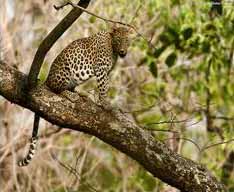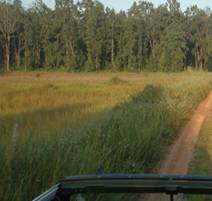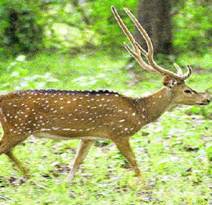INTRODUCTION
The Kanha National Park is spread over an area of about 1,945 sq. km in the state of Madhya Pradesh in India and is surrounded by hills formed as a result of geographically ancient volcanic activity. The Kanha National Park which was created in 1955 by a special law is always compared to the N'Gorongoro National Park of Tanzania in Africa. Apart from the wildlife this sanctuary is also noted for its serene beauty and landscape. It also takes the pride of one of the earliest protected areas selected for "Project Tiger" in the country. The Kanha National Park which draws a major tourist crowd is also a good source of revenue for the state for the sanctuary is very much towards the preservation of variety of animal species.HISTORY
The central Kanha valley was declared a sanctuary way back in 1933. The adoption of this sanctuary into a national park took place in 1955, after much turbulence and storm regarding rampant killing of wildlife in the area at the time. One of the famous success stories of the park is the survival of the Barasingha population in the park, which went down to as low as 66 animals in 1970 from the earlier 3000 and which through huge efforts has now revived to a respectable number of around 1000. With the help of Project Tiger, the population of tigers has doubled since 1976.ORIENTATION
The Kanha National park is situated in the Mandla District of Madhya Pradesh.BEST TIME TO VISIT
The ideal time to visit this park is anywhere within the months of April to June and November to January.PLACES OF INTERESTS
Bamni Dadar
The Bamni Dadar is otherwise most commonly referred as the Sunset Point is one of the major attractions within the forest. It got its name so for viewing the sunset from this is place is simply splendid. Apart from the sunset the visitors can also get to see the Kanha's forests characterized by rich or profuse growth of flora and fauna. Animals that can be sighted around this point are typical of the mixed forest zone: sambar, barking deer, gaur and four-horned antelope.The Flora
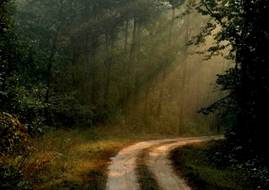
The Fauna
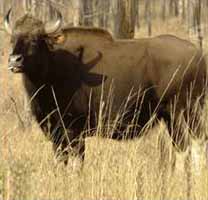
Avian Species
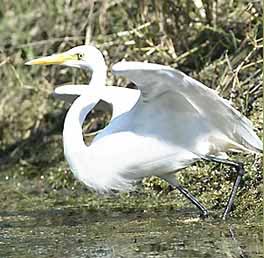
Kanha National Park is a home to over 300 species of birds of which some of the commonly seen birds are Pea fowls, Storks, Pond Herons, Egrets, Indian Peafowl, Partridges, spotted Parakeets, Green Pigeons, Cuckoos, Drongos, Warblers, Kingfishers, Woodpeckers and fly catchers.
It is the home of both resident and migratory birds. Early mornings and late afternoons are best for birdwatching.
Elephant Safari
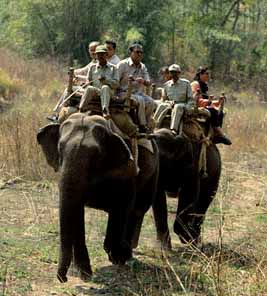
This is another major attraction of people visiting this sanctuary.
Taking an elephant ride through the park can be joyous as you can easily spot vivid variety of birds along with animals in the wild.
Kanha Museum
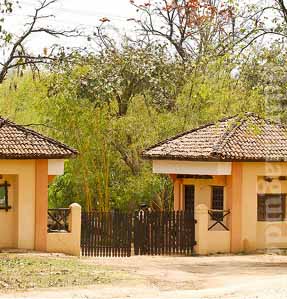
The Kanha Museum is attached to the Kanha national park portraying attributes and activities of the park and the tribal culture of the state of Madhya Pradesh.
EAT OUTS
1.Heartbeat Group
2.Sakthi Ganapathi
3.Hotel Sakthiganapathy
4.Rama's Cafe
5.Royal Inn
6.Sindoori Hotel
7.Sri Muniyandi Restaurant ACCOMMODATION
1.Hotel Babu Surya
2.GRT Regency
3.Balaji Resorts
4.Hotel Jaybala International
5.Kushal Lodge
6.Sri Rama Lodge
7.M.M. Hotel
8.Baboo Surya Hotel |
Travel Guide
Travel Information
| |||||||||||||||||||||||||||||||||||||||



